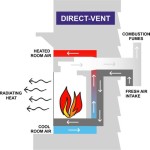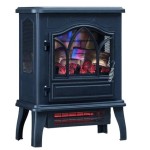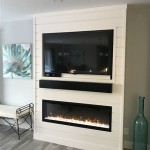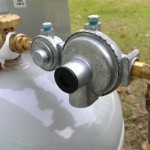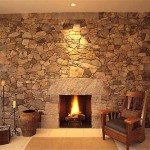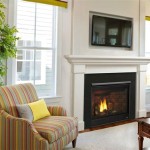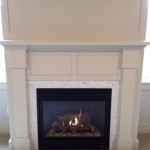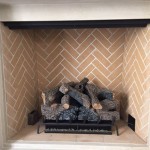Insulation in Fireplace: Essential Aspects
A well-insulated fireplace can significantly enhance its efficiency, safety, and overall functionality. Proper insulation prevents heat loss, minimizes fire hazards, and creates a more comfortable ambiance. Understanding the essential aspects of insulation in fireplaces is crucial for ensuring optimal performance and safety.
Types of Insulation
There are two primary types of insulation used in fireplaces: refractory and non-refractory.
- Refractory insulation is designed to withstand high temperatures and is typically made from materials like ceramic fiber, vermiculite, or fireclay. It is used to line the firebox and flue to protect the masonry and prevent heat loss.
- Non-refractory insulation is less heat-resistant and is used to insulate the fireplace's exterior. It can be made from materials like fiberglass, cellulose, or rock wool.
Benefits of Insulation
Proper insulation in fireplaces offers numerous benefits:
- Improved efficiency: Insulation reduces heat loss through the fireplace's exterior, leading to improved heating efficiency.
- Increased safety: Refractory insulation protects the fireplace from overheating, preventing potential fire hazards.
- Reduced creosote buildup: Insulation helps maintain higher flue temperatures, which reduces the formation of creosote, a flammable substance that can cause chimney fires.
- Enhanced comfort: Insulation helps keep the fireplace warm longer, creating a more comfortable ambiance.
Installation Considerations
Installing insulation in a fireplace requires professional expertise and should be carried out by a qualified contractor.
- Firebox lining: Refractory insulation should be installed on the firebox walls and floor to protect the masonry and prevent heat loss.
- Flue lining: Refractory insulation should be used to line the flue to maintain high temperatures and reduce creosote buildup.
- Exterior insulation: Non-refractory insulation can be installed around the fireplace's exterior to minimize heat loss and improve efficiency.
Proper maintenance of insulated fireplaces is crucial. Regular inspections and cleaning of the fireplace and flue are essential to ensure optimal performance and safety.
Conclusion
Insulation is a vital aspect of fireplace construction, enhancing efficiency, safety, comfort, and performance. By understanding the types of insulation and their specific functions, homeowners can ensure that their fireplaces are properly insulated and operate effectively. Professional installation and regular maintenance are recommended to maximize the benefits of insulation and ensure the safe and enjoyable use of your fireplace.

Electric Fireplace Insulation An Ultimate Guide Inserts Guy

Walls Behind Fireplaces Building America Solution Center

The Foil Faced Insulation Behind This Fireplace Provides An Air Barrier And Thermal Shield Building America Solution Center
Finally Got Around To Insulating My Fireplace Hearth Com Forums Home

Insulation Near A Fireplace Misterfix It Com
How Do I Insulate Below A Fireplace Anandtech Forums Technology Hardware And Deals
Finally Got Around To Insulating My Fireplace Page 2 Hearth Com Forums Home

Rockwool Insulation Vapor Barrier Inside Chimney Greenbuildingadvisor
Insulation Around Old Brick Fireplace Diy Home Improvement Forum

Fireplace Surround Insulation Self Adhesive Fiberglass Hechler S Mainstreet Hearth Home Troy Missouri
Related Posts

